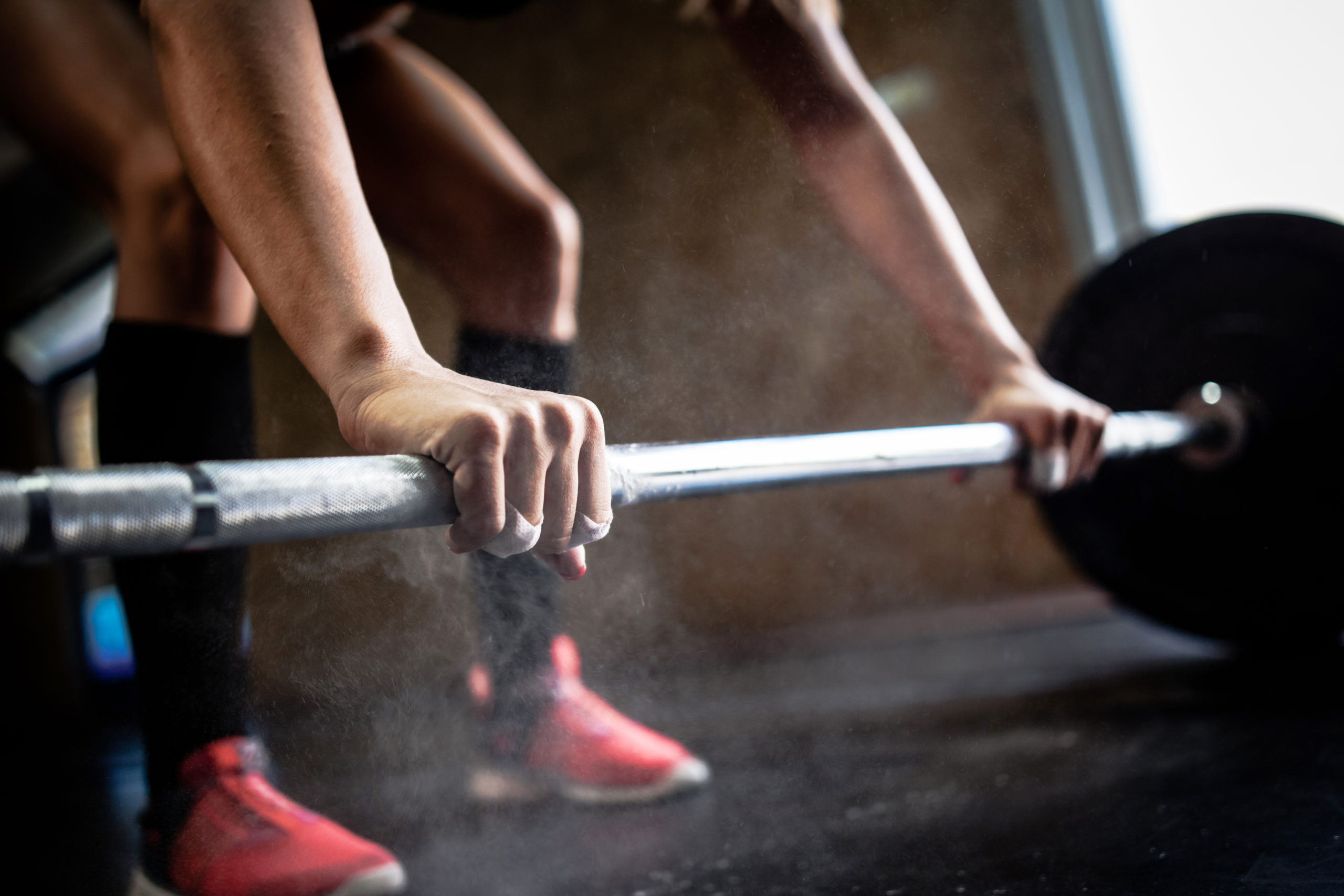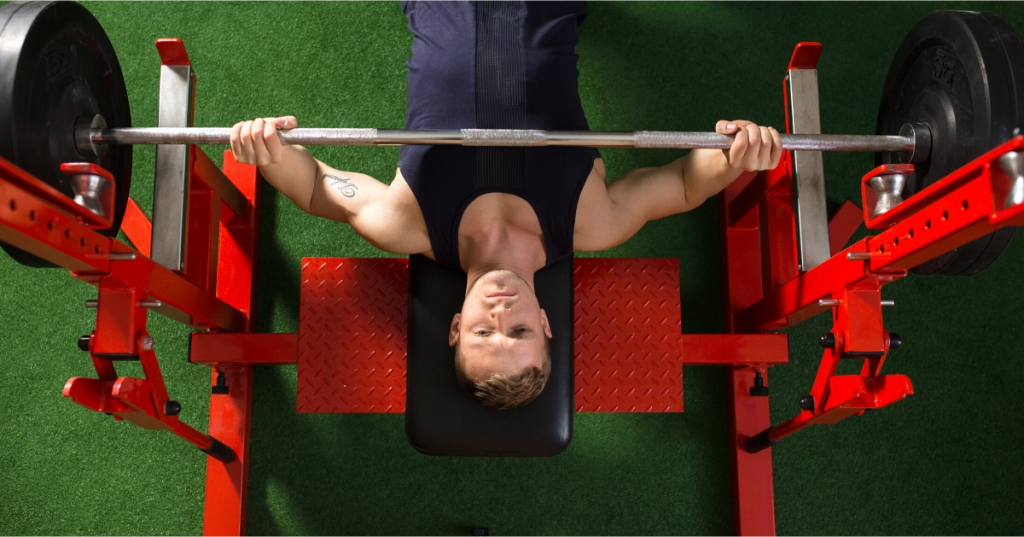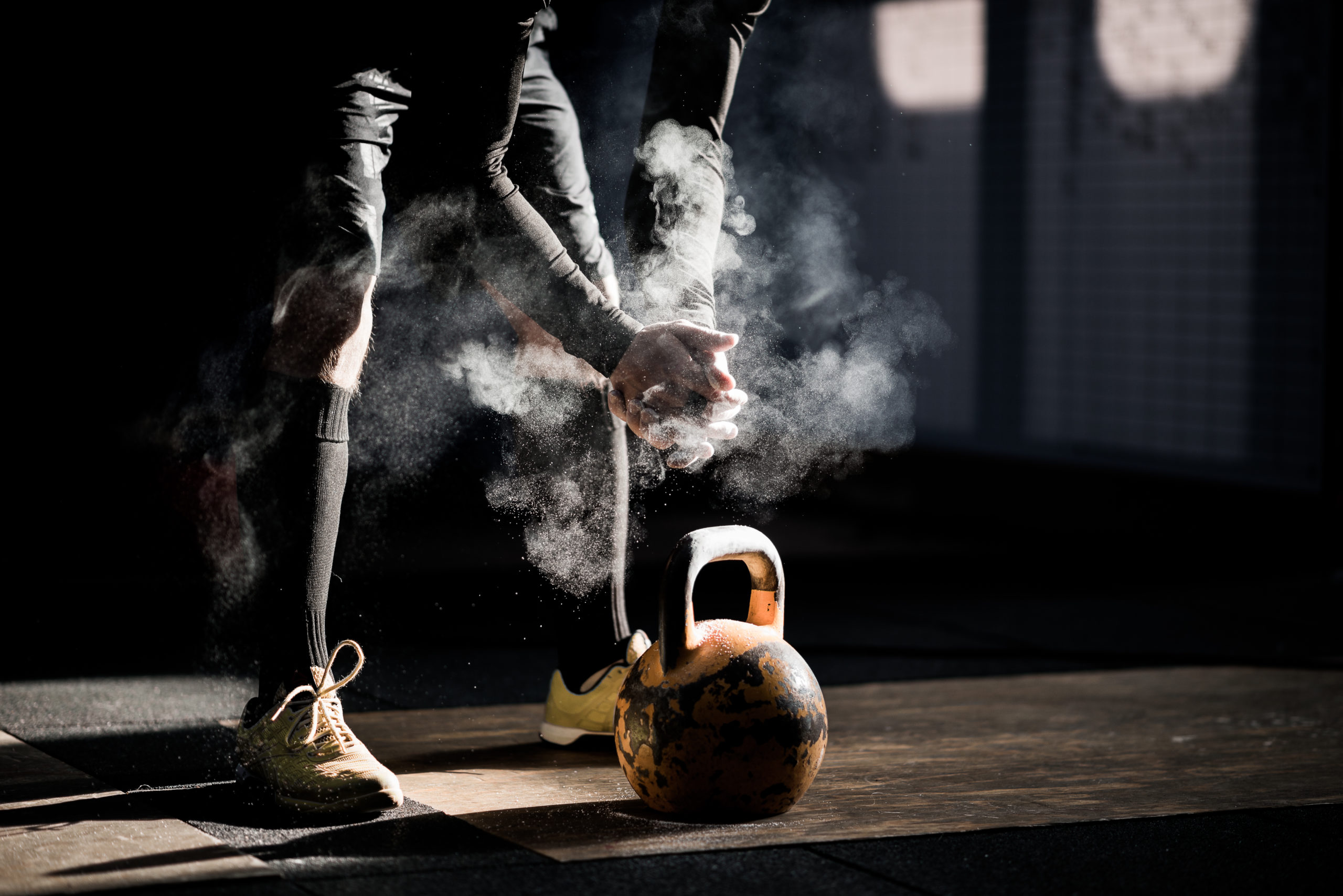
Bad move.
I then had to perform log rolls for 300 yards. After my consequential reverse peristalsis, I vowed NEVER to be late again. I stayed true to that for the remainder of my time training.
Although that was one of the worst experiences of my wrestling career, I respected and valued it. But that was during a time that CARA and RARA hours didn’t exist; athletes could be summoned as early as coaches wanted. In today’s landscape, bringing in athletes so early is not allowed. Additionally, using exercise as punishment is a means we’ve moved away from completely. What worked to get me in line back in 2001 simply isn’t an option today.
So, what can we do to make sure our athletes are compliant with training if we can’t get them out of bed at dark-thirty and make them sick all day—even if it’s to teach them a lesson they need to learn? Rest assured there are other approaches that can be just as effective, if not more. In my opinion, it comes down to three fundamental things every team should have: culture, education, and buy-in. With these, you either coach your athletes up, or these fundamentals deteriorate rapidly.



One of these “coaching hard” moments had a profound effect on buy-in with one of my athletes earlier this year. It was during a 1RM test on the front squat. This athlete completed a rep with what they thought was their 100% (it was a hard 6/10). When the athlete racked the bar they backed out saying, “Yeah that’s good.” I said, “Yeah good rep. Now put 15 pounds on and let’s go again in a couple minutes.” For this next rep I tried to make the athlete more comfortable by adding spotters on the sides of the bar and I said, “Hey, no worries. Go get you some and if you happen to fail, we got you.” Well, wouldn’t you know they competed the rep (8/10), and they thought they were done. I said, “Nope, now you’re gonna go up again.”
This time I had put on a weight that I was 95% sure they were going to get, but they had only 40% confidence. The athlete looked at the two side spotters and the back spotter and said, “Hey now, be ready I’m kind of a wuss and I don’t know if I’ll get this or not.” I stepped in and told the spotters to back away and I took the spotting arms off the squat rack. Then I told the athlete, “We don’t have any wussies in here so that’s impossible, and now you don’t have spotters so you better get it!” (Yes, I stepped in as the spotter since the bar was unracked.)
So what do you think happened? The athlete successfully completed the rep and racked the barbell. I went nuts and so did the spotters. It was an incredible moment and I’m sure as coaches we’ve all experienced that feeling. After the emotions died down, I pulled the athlete aside, congratulated them, and asked how they felt. They replied with, “Man that was awesome and the most I think I’ve ever done before.” I told him I’m proud of him and to keep it up because it’ll take him far in his sport.
And THAT is how you cultivate buy-in. But it’s not the only way.

We also utilize the Firstbeat system to make decisions about the intensity and duration of each day in the weight room and practice. I do this by calculating the intensity of practices and games. You can do this by taking trimp/minute. Trimp = training impact, or how hard the day felt for the athlete. It’s a very simple way to calculate intensity and compare days, as well as practices to games. It was extremely powerful to show the athlete what happens to them when they have an efficient shift on the ice compared to when they don’t. More specifically, it showed what happens to their intensity and their ability to do work when they are on the ice for too long as compared to when they are not. This enabled the athlete to better understand what they need to do to get the positive results they want— to understand this is what happens to you when you do the right things, and this is what happens to you when you don’t. Which one do you like better? Got it? Good.

Recent Comments